
The mouse is an integral part of a PC gaming setup and its evolution has opened the door to professional esports that people know today. From using office mice to developing custom-created gear tailored to specific esports genres, the industry has come a long way.
For an object you use to point at things on screen, mice today vary in price. However, the differences in weight, responsiveness, DPI and overall shape can give that tiny bit of an edge that allows players to perform at their best.
In this article, we will talk about some of the most iconic gaming mice to date, in no particular order.
Microsoft Intellimouse
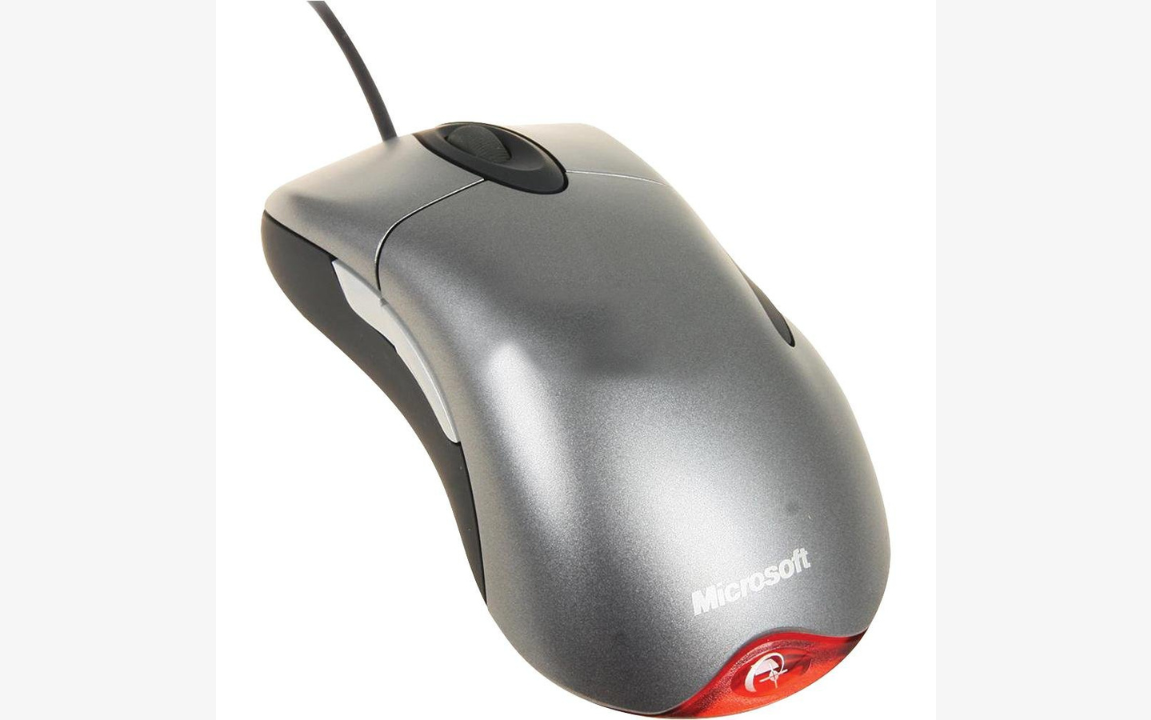
There is no mice list without the Intellimouse. The version launched in 1999 was one of the first mice to have an optical sensor, the now-ubiquitous five-button layout and a cool red light to make it stand out from other office mice. It was just a simple evolution of the previous design Microsoft created in the nineties, but it turned out to be just what the gamers of the time needed to boost their performance.
It was present at every LAN party and esports tournament for years and there was even a customised version created by SteelSeries which had a different colour and logo but kept the internals intact. The mouse was also known for its longevity and many survived more than a decade in offices and homes around the world.
The mouse actually inspired a lot of companies to make their own twists on the formula, such as Zowie with its iconic EC line and Razer with its Deathadder, also one of the all-time greats in the industry.
Razer Boomslang
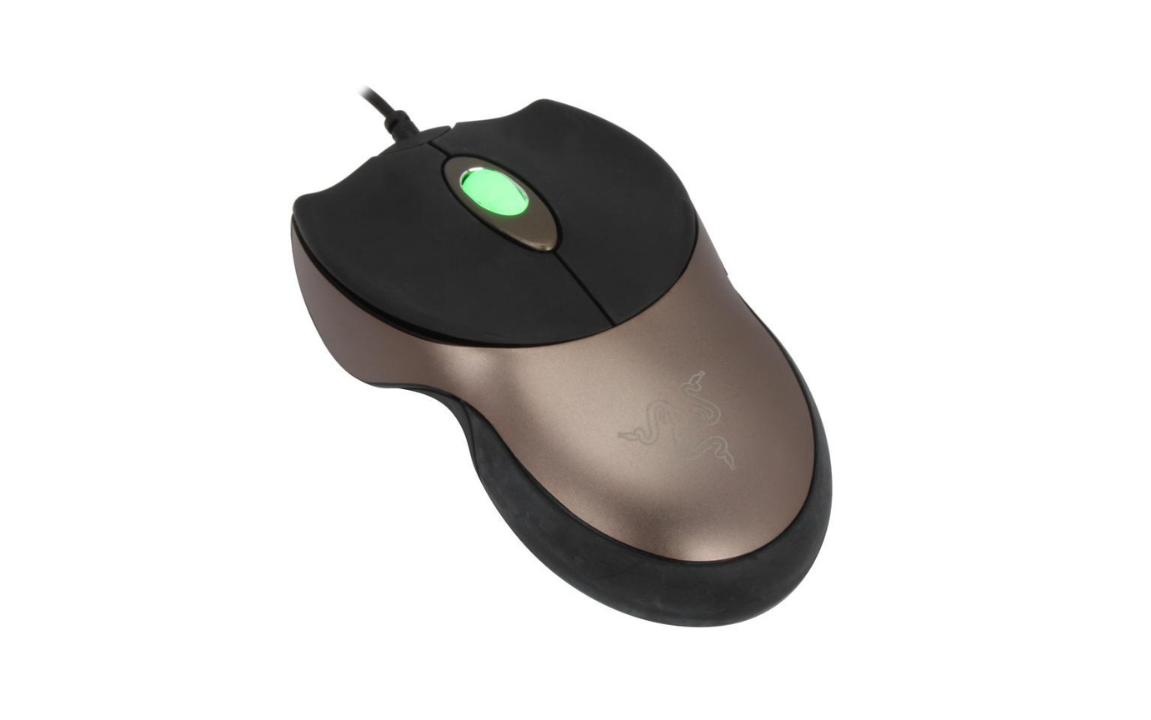
A relatively unknown fact is that Razer’s Boomslang, a name long since retired, was the first-ever mouse built from the ground up for gaming.
It was also the first one to offer more than 1,000 DPI, back in 1999. Its strange shape which widens at the buttons but is narrow at the rear makes it instantly recognisable among other mice, but its technology was what made Razer confident it can grow and dominate the peripherals market for the next 25 years.
Logitech MX518

Most probably know this one from that one friend who still uses it. Launched in 2005, the MX518 is one of the oldest and most notable designs in Logitech’s long history. Known for being an extremely simple and effective tool that does its job surprisingly well, the mouse is a cult classic.
A large number of players swear by its shape and weight as the most comfortable ever made. Its bulletproof reliability and durability made it a staple of so many setups both in competitive esports and at home. Logitech took note of its popularity and re-released it with a HERO sensor several years ago.
Finalmouse Ultralight Pro

A model that singlehandedly caused a trend in the industry in 2017, the Ultralight Pro took the radical idea of a mouse filled with holes to make it light and polished the formula into an iconic piece of hardware. The overall design was met with a lot of criticism at its launch but was adopted by almost all major manufacturers that now offer ultralight gaming mice.
The feeling of these types of products is really unlike any other mouse because it feels almost too light in some cases. The mouse also had issues with dust and the fact that it is more fragile than their full-case brethren. Using the Finalmouse Ultralight Pro is kind of like strapping yourself to a very fast motorbike — no compromises just to be as fast as possible.
Logitech G Pro Wireless
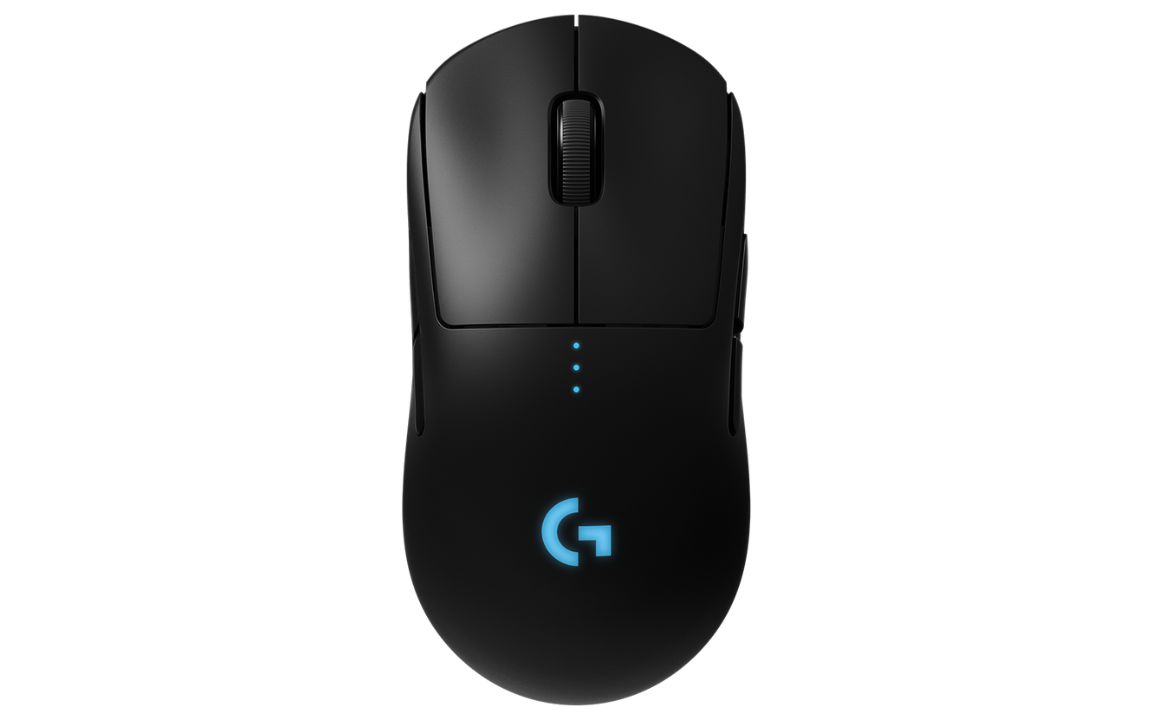
Although perhaps not as famous as some of the other pieces of hardware on this list, the Logitech G Pro Wireless was revolutionary because it was the first time ever that a wireless mouse was truly lightweight. Coming in at around 80 grams, the G Pro Wireless combined a great HERO sensor with RGB lighting. The mouse also has a remarkable battery life of over 50 hours in a lightweight body.
Launched in 2018, the mouse was one of the reasons for Logitech’s large surge in popularity. This enabled the brand to continue developing mice that were similar in performance, but even lighter, like the G PRO X Superlight series, arguably some of the best mice in the world right now.
Razer Deathadder
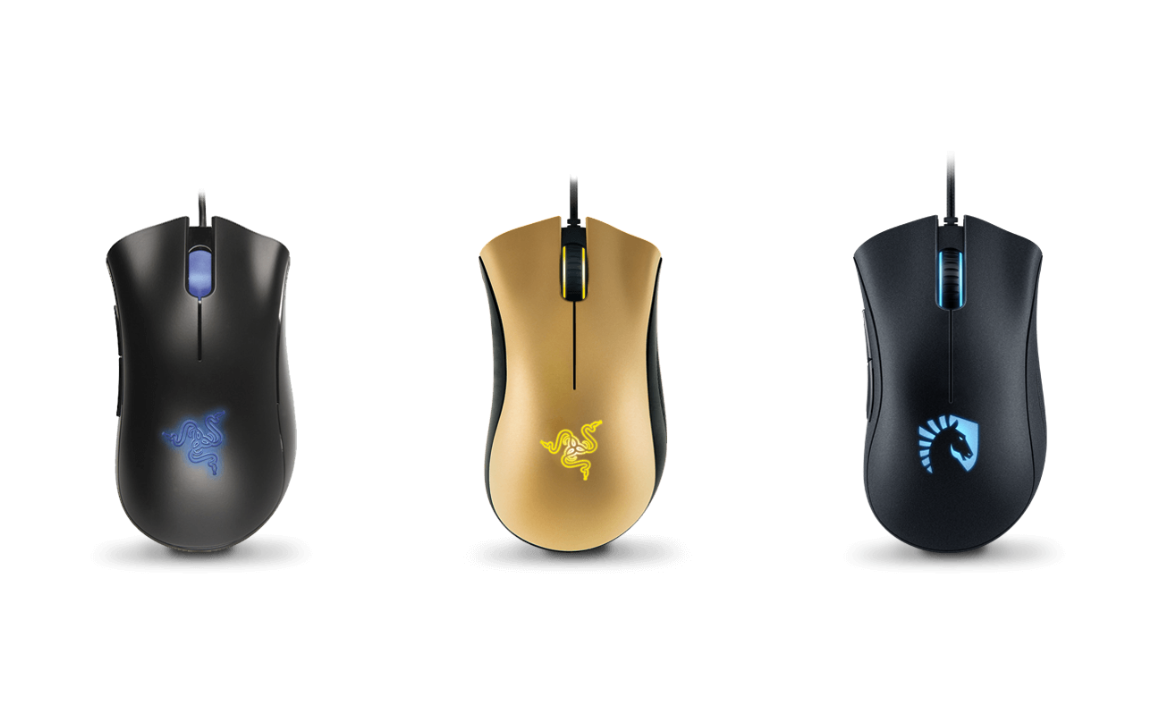
Along with the likes of MX518, the Deathadder was (and still is) one of the most recognisable gaming mice of all time. The Deathadder’s shape offers supreme comfort and performance, and the mouse has continued evolving throughout the years to offer versions that are wired, wireless, barebones or very feature-packed. Not many know that the original Deathadder came out back in 2006 and has more than 20 versions to date.
Bonus points go to Razer for co-creating a version of the Deathadder together with League of Legends icon, Faker.
Honourable mention: Razer Naga
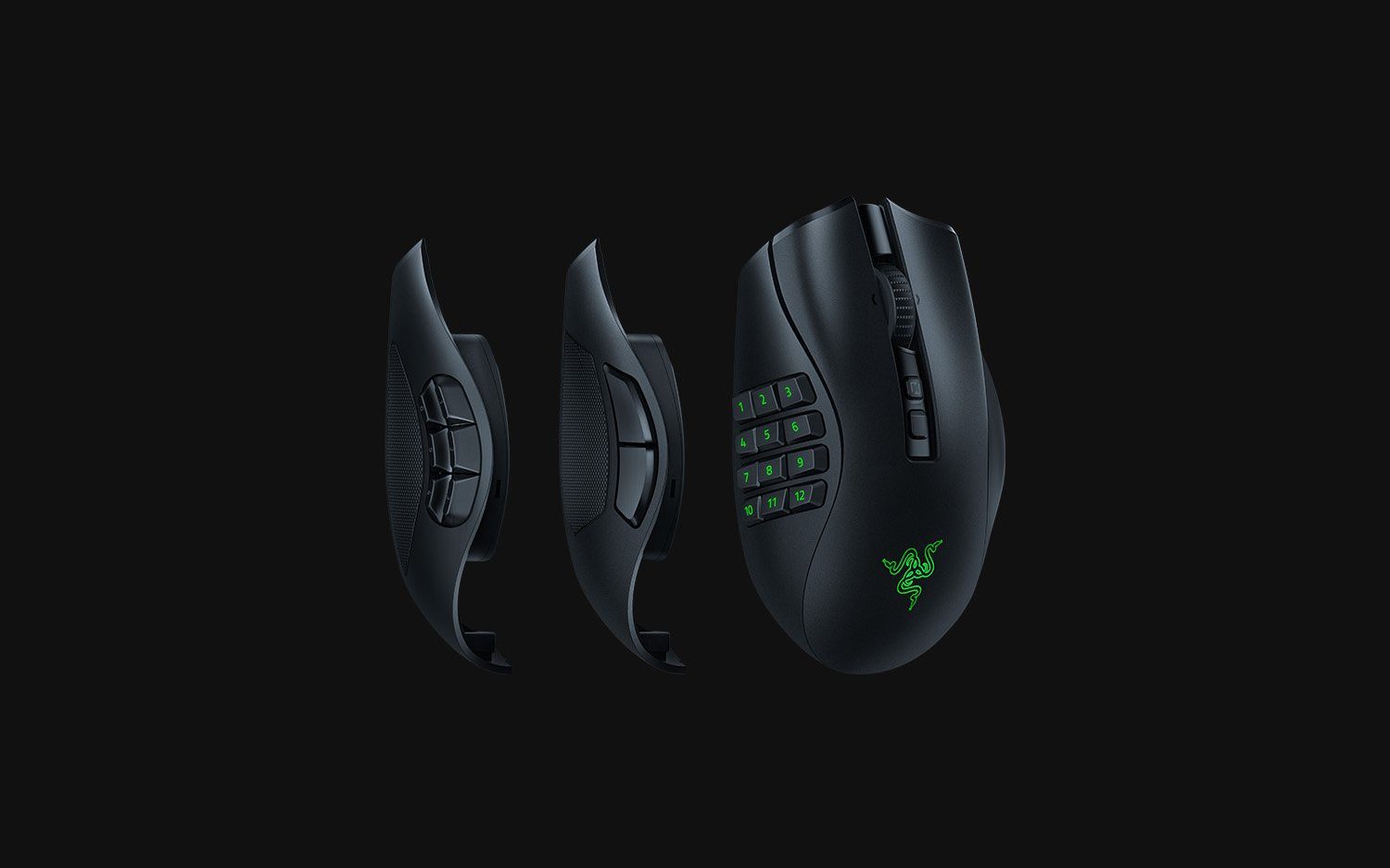
Although not light or nimble by any means, the Razer Naga fills out a very specific segment of the gaming and esports markets: the MMO.
Due to the nature of MMORPG and other MMO titles, a large number of buttons and keys need to be mapped to abilities and in-game items. The Naga and similar mice solved this issue by incorporating more than 10 thumb buttons on the side of the mouse, allowing users extreme macro capabilities without compromising performance. The result is a mouse that looks like it has a number pad glued to it and weighs almost the same as three separate G PRO Wireless mice, but it gets the job done.
The recent models also have a removable side panel that can be changed to fit other games, but the Naga is still the most famous MMO mouse.
